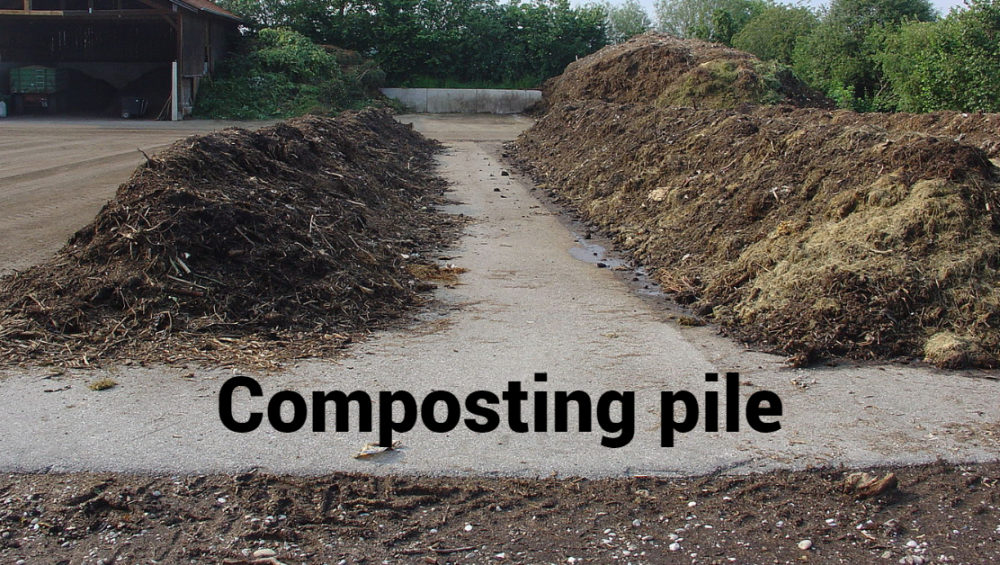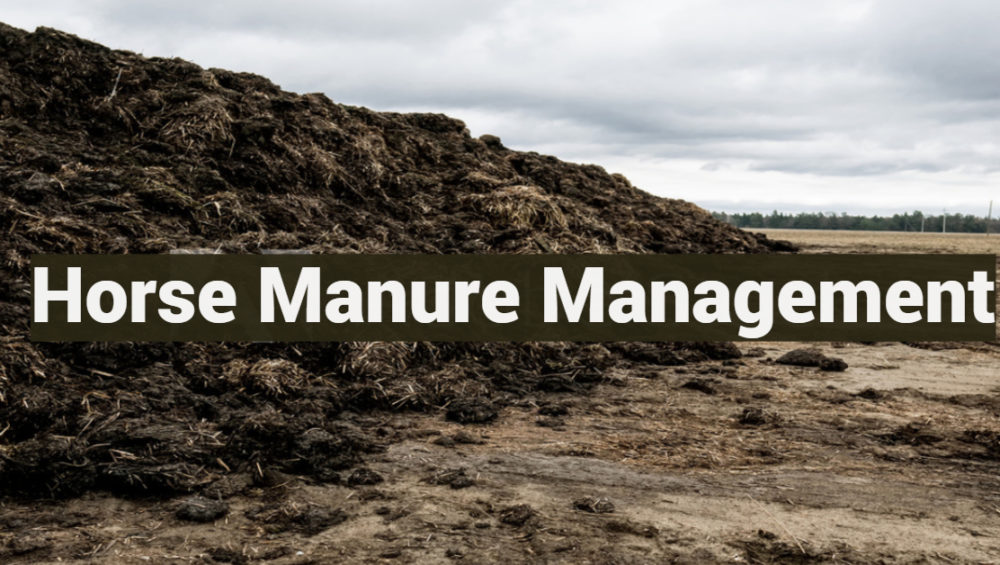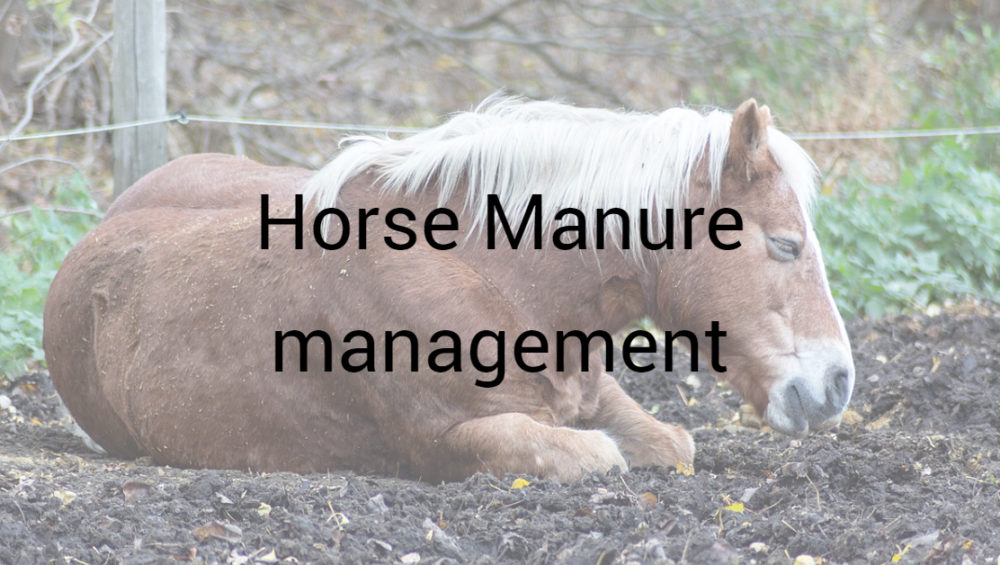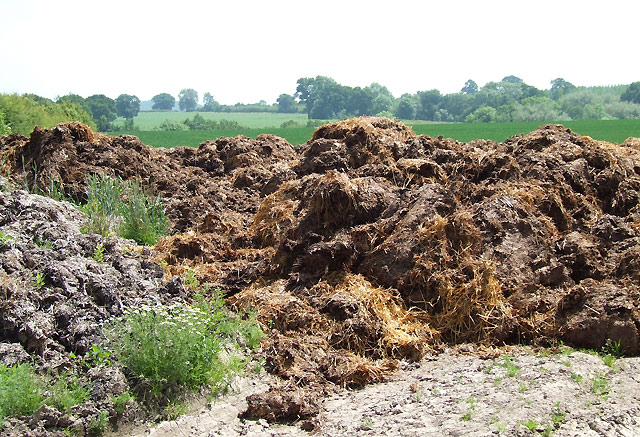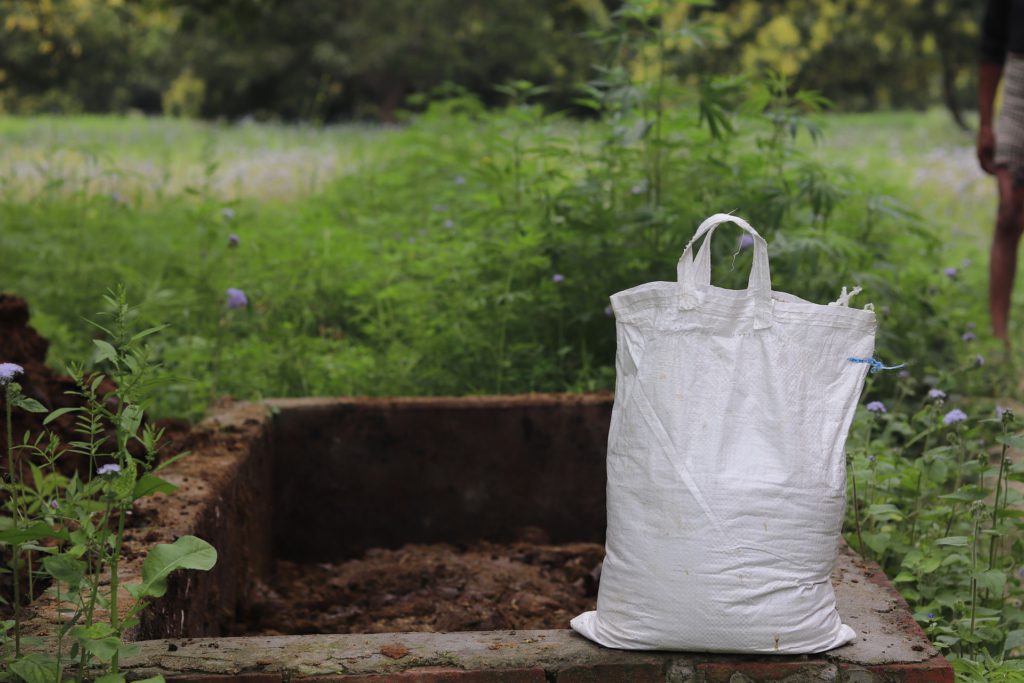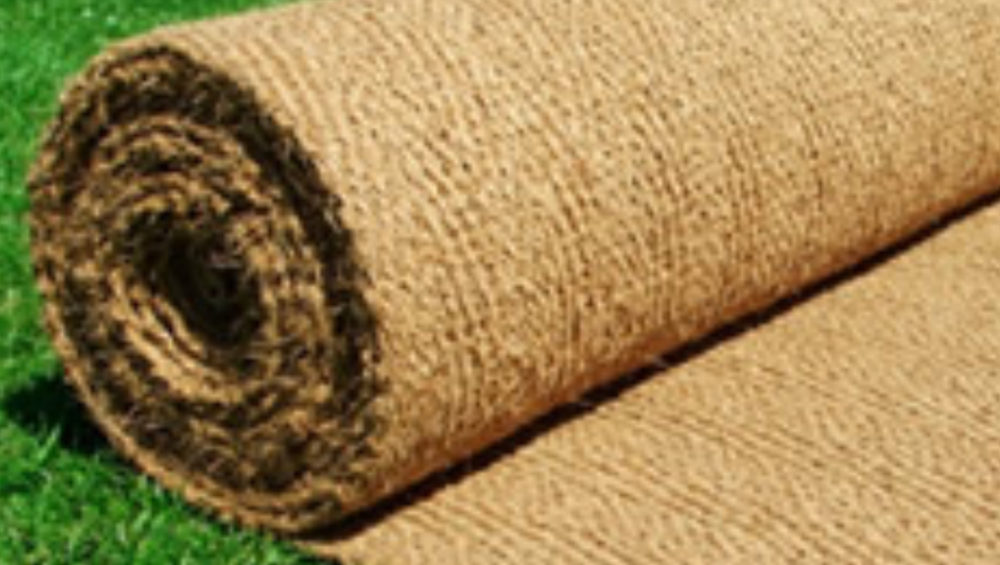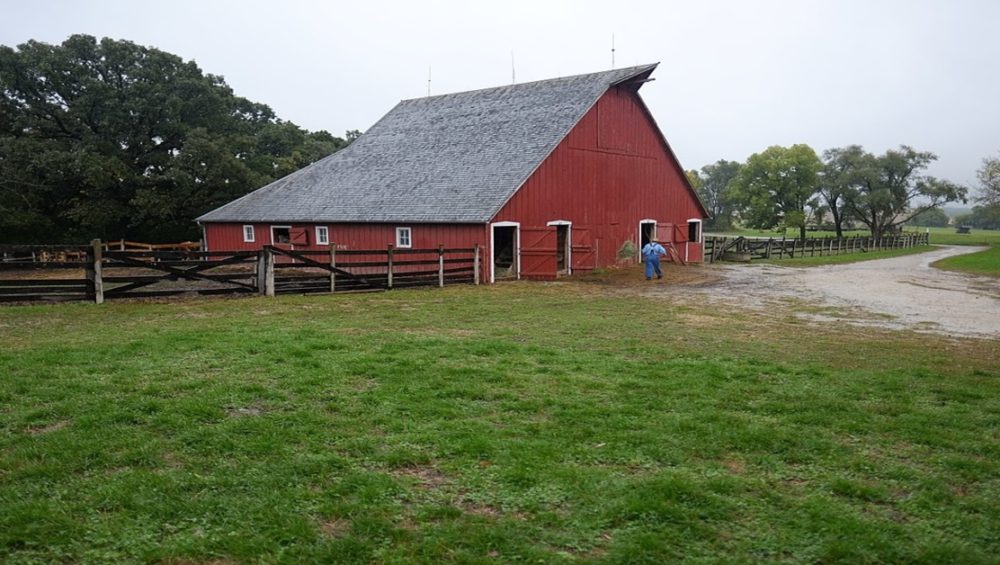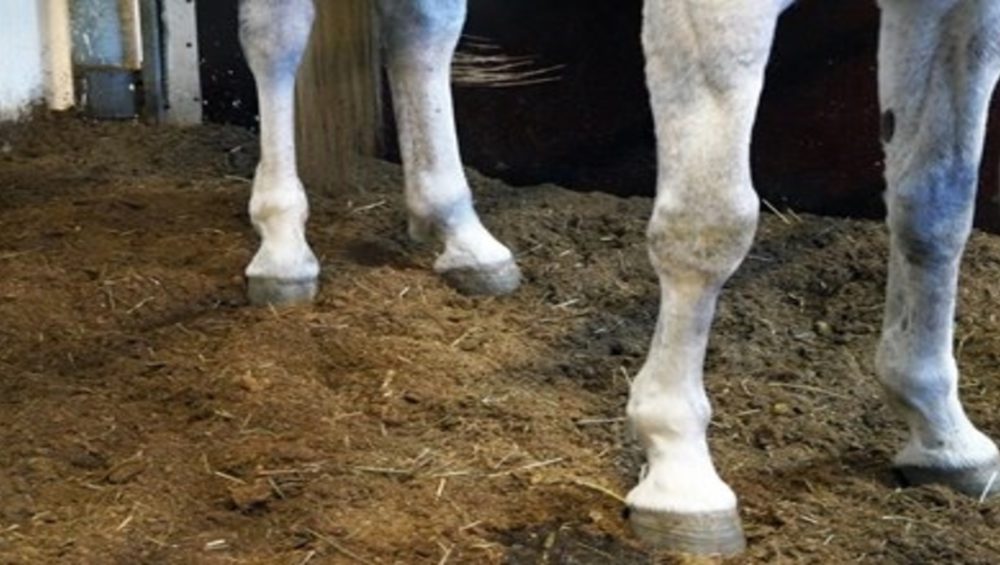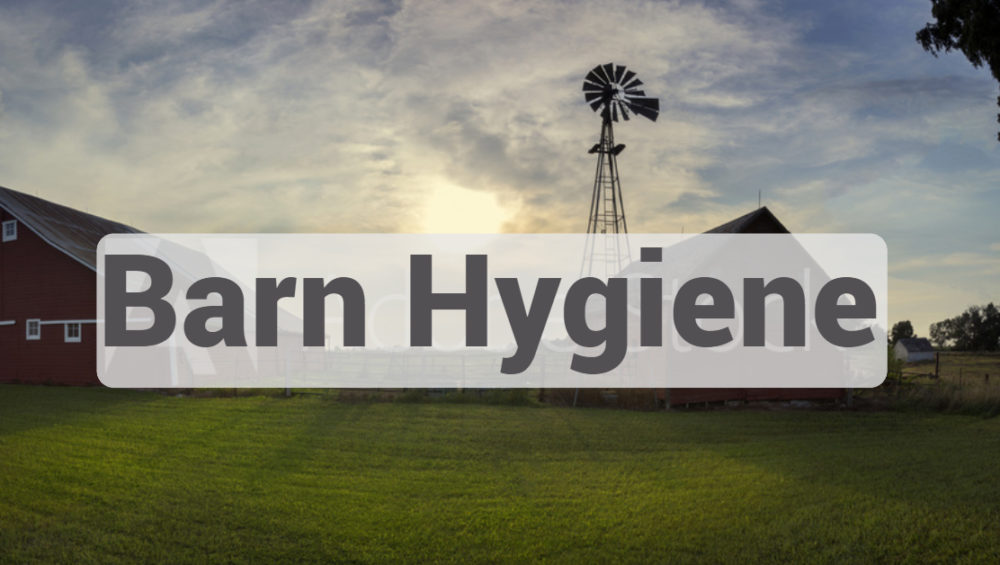Growing worms in your compost is the very best idea for an ideal composition and nutrient breakdown. The worms composting the soil date back than our knowledge of fertilizing.
Worms are the living resource for fertility and life essence. Worms feed on decaying organic matter, digest it and transform into nutrient-rich fertilizer in a span of 2 months.
The derived fertilizer is odorless and neutralized, which means, pH of the casting is neutral (7), without foul odor. The casting contains bacteria in it, which continues its biological activity even when put into soil.
As such, comforting the worms in its surroundings is of top priority. Maintaining a healthy system will need you a better shelter, warm temperature, plenty of air, optimal moisture and a perfect bedding composition.
For our further talk let us consider Red Worms as the topic of interest. Red Worms, or Red Wigglers are the mostly used soil dwelling worms that are commonly found in moist manure and compost heaps.
They are also the shallow-dwellers that feed on decaying organic matter and are easily adaptable for household and plant wastes actively within worm bins.
Better Shelter
If you’re making a compost for your own purpose within the organic material produced in your home kitchen, garden and pet feces, then choosing a plastic storage tote is an ideal option.
You can pick up a tote of depth 12 to 18 inches, and a roundabout surface area of 1 sq ft which can account for 1-2 lb of food and pet wastes.
To prevent an excessive moisture buildup inside the tote, you need to make proper drainage holes at the around and bottom of the tote. For that, you’re supposed to place the one tote container into the other, so that the other will act as a basin for excessive moisture capture.
These kinds of drainage holes will provide adequate oxygen supply inside the compost tote. Later some time, you can place the inner tote out of a holed container and place it on wooden plank or PVC feet.
Warm Temperature
As said earlier, the Red worms are the commonly used earthworm species for composting those who are best reared at 65-80o F, which is optimal for active composting.
Cooler the temperature, slower will be the decomposition rate.
On the contrary, if the temperature is too warm, it might harm the worm a lot.
In the months of cooler temperatures, care must be taken to elevate off the tote than concrete floor, rather than letting it affect the decomposition rate.
Plenty of Air
Worms are the aerobic organisms whose lives mostly depend on the oxygen availability around them. The very existence of worms is determined by absorbing oxygen in and giving out carbon dioxide after metabolism.
So a large surface area of exposure to air is the most. Keep the lid open to your bin, ventilate sufficiently.
A compact waste deposition or a soggy loading will result in a void of oxygen, producing anaerobic composition. An anaerobic environment renders foul smell, rooting garbage, avoid complete decomposition.
Optimal Moisture
Worms require optimal moisture maintenance. Both worms and microbial bacterias work in the environment of 60-90% moisture.
While adding the bedding, it should be pre-moistened like a wet sponge.
The worm bin must be loosely covered with a dark sheet/ burlap on top so that it can conserve moisture within.
If placed outside, a solid lid is to be covered to prevent unwanted scavengers and rain.
Perfect Bedding composition
There are a number of bedding material choices available for worm comfort. Such as shredded newspaper-cardboard, leaf mold-straw, peat moss, coco coir and grits that are used along the manure and animal wastes.
It is very important to maintain the moisture in the bedding before placing worms over it. An average of 60% moisture is sure for the bedding to be damp but not dripping wet. You can use a Squeeze technique to ensure the right proportion of moisture.
A perfect blend of 50-50 of shredded paper and coco coir with light dusting of grits is best suited for initial bedding. Or, 25% of shredded newspaper, 25% coco coir, 25% manure mix, 25% mold leaves and some light dusting of grits will do well.
You can put the bedding in advance of worm composting. By doing so, you create an active environment for introducing worms in.
You can even add some compost tea/ worm casting/ mature compost at the bottom of the bin. In that way, you will promote inoculation microbial growth in new bedding. This pre-inoculation will reduce the transition stress suffered by the worms when transferred to new bedding.
All these key features are benefited by the choice of bedding in worm composting!



